
The United States has so many places in nature that ecotourists can go to to find biodiversity. This might make it hard to decide on a spot to go to, but when it comes to lakes, we’ve got you covered.
Lakes may not be the first place that comes to mind when one thinks of a biodiversity hotspot, but many U.S. lakes harbor an amazing variety of fish shaped by unique ecological, geological, and historical factors.
Some lakes are famous for their trophy fish, while others support elusive and endangered species that make up an integral part of their habitat and sometimes can’t be found anywhere else. Here are nine lakes where biodiversity thrives amidst risk factors.
Lake Erie
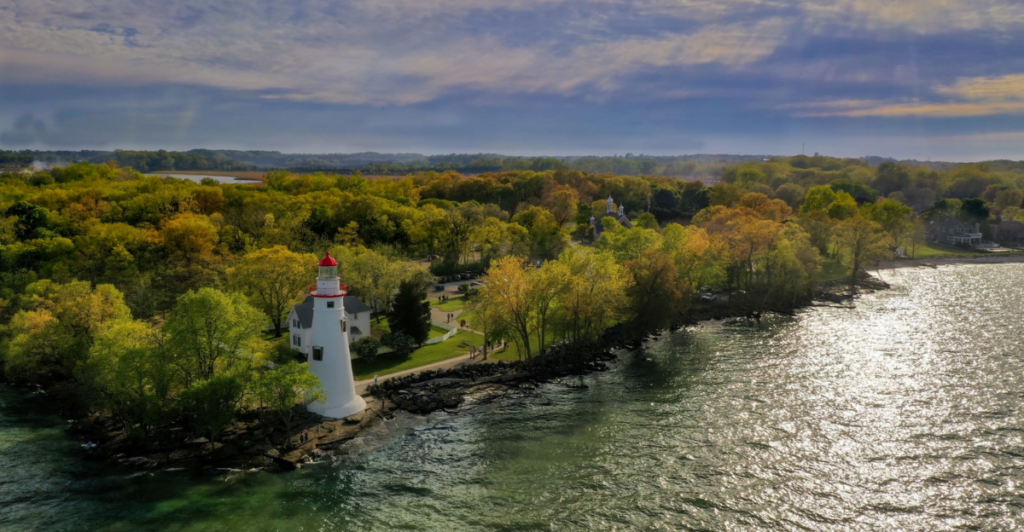
Lake Erie is one of the United States’ Great Lakes, and borders Ohio, Michigan, New York, and Pennsylvania. It is the shallowest and warmest of all the Great Lakes, meaning it supports a unique ecosystem of fish species.
It has nutrient rich water which provides a great habitat for plankton to grow, which support many different fish as a source of food. Species like the walleye, yellow perch, smallmouth bass, and lake sturgeon all call Lake Erie home.
Unfortunately, Lake Erie’s biodiversity also means that there are a few species in the water that shouldn’t be there. Invasive species like zebra and quagga mussels threaten native species through competition for food sources and altering local habitats.
Lake Okeechobee
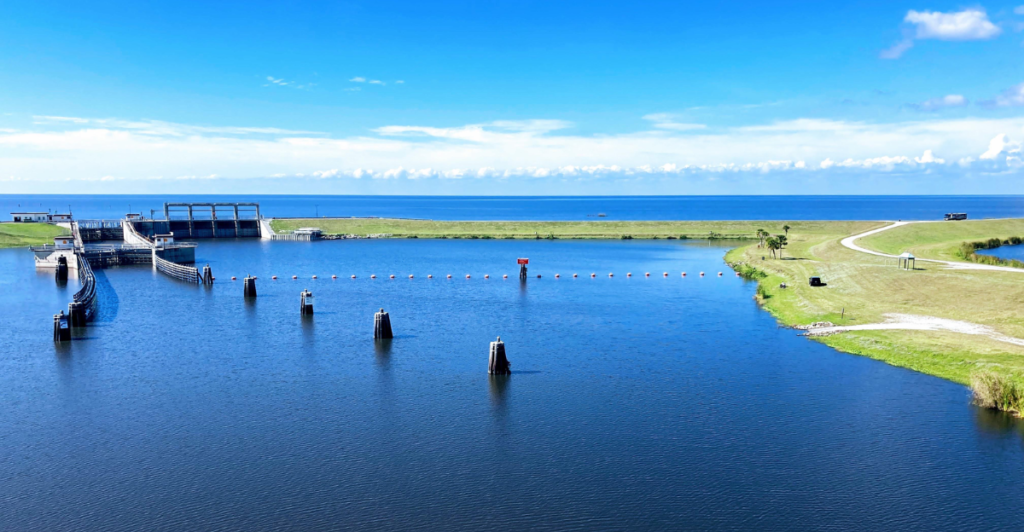
Lake Okeechobee is the largest freshwater lake in Florida. Its subtropical environment supports incredible biodiversity, with over 70 different species calling the waters home. The marshes, different water levels, and warm water mean that largemouth bass, bluegill, and bowfin all thrive in the lake.
The lake is an important part of Florida’s Everglades ecosystem, with many fish and bird species using it as breeding grounds. The local habitat has been impacted in a variety of ways by human activities such as flood control, agricultural runoff, and water diversion.
These activities have disrupted natural water flow and nutrient cycles, having a negative impact on local species. Lake Okeechobee highlights how complex conservation can be when spawning ground shouldn’t be altered.
Lake Champlain
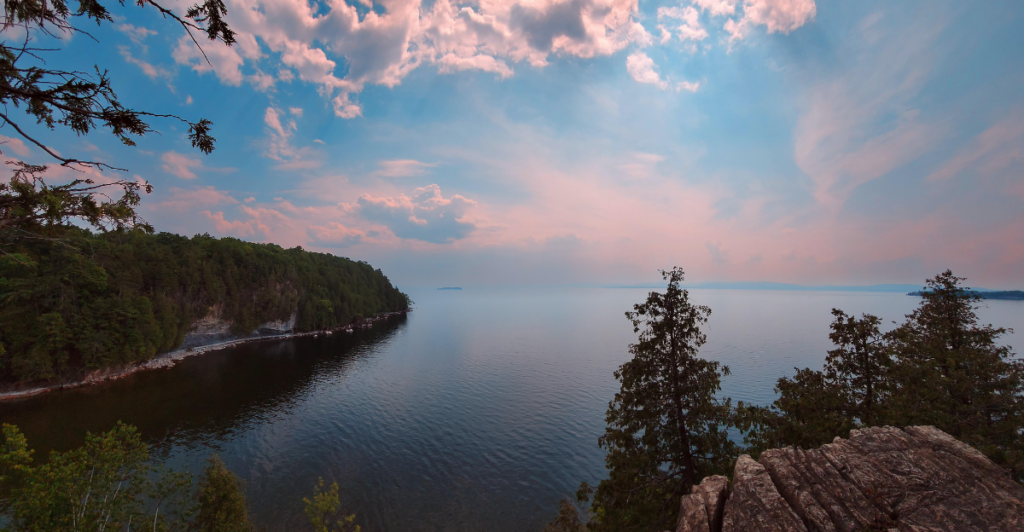
Lake Champlain sits on the United States-Canada border and supports a wide range of different fish species. With the different temperatures in the lake, both cold-water species like lake trout and lake whitefish and warm-water species like the smallmouth bass and northern pike.
The lake has glacial origins, which create a complex basin with different habitats, such as rocky shorelines and marshy wetlands. The biodiversity of the lake is partly due to the introduction of species in history, like alewife and rainbow smelt.
These introductions altered native populations through competition and predation. Invasive species like the Eurasian watermilfoil and pollution are challenging for endemic species in the lake. The lake has shown surprising resilience against environmental pressures and human actions, making it a lake worth studying.
Lake Guntersville

Lake Guntersville is a large reservoir that sits on the Tenessee River and supports more than 60 different fish species. Largemouth Bass, bluegill, and catfish are just a few species that thrive in the waters that have a range of aquatic vegetation and submerged timber which create shelter and ideal breeding grounds.
The lake was created in the 1930s through damming and is a great example of how man-made reservoirs can turn into thriving ecosystems with a lot of biodiversity.
The waters fluctuate due to hydroelectric power generation, which can sometimes interfere with fish spawning and nursery habitats. The reservoir also supports local recreational fishing, contributing to the local economy.
Table Rock Lake

Table Rock Lake can be found in the Ozark Mountains and is a relatively small water system that supports an array of different fish species, including largemouth bass, spotted bass, and white bass.
The waters in the lake are clear and are fed by nearby springs. Rocky substrates contribute to diverse habitats that create ideal conditions across the waters for both cold and warm-water species. The lake is a popular spot for anglers which as a result has driven several fishery management programs like habitat restoration and stock efforts.
The lake is a great model for recreational activities being balanced with conservation programs, since its watershed is protected to mitigate pollution and sedimentation.
Clear Lake
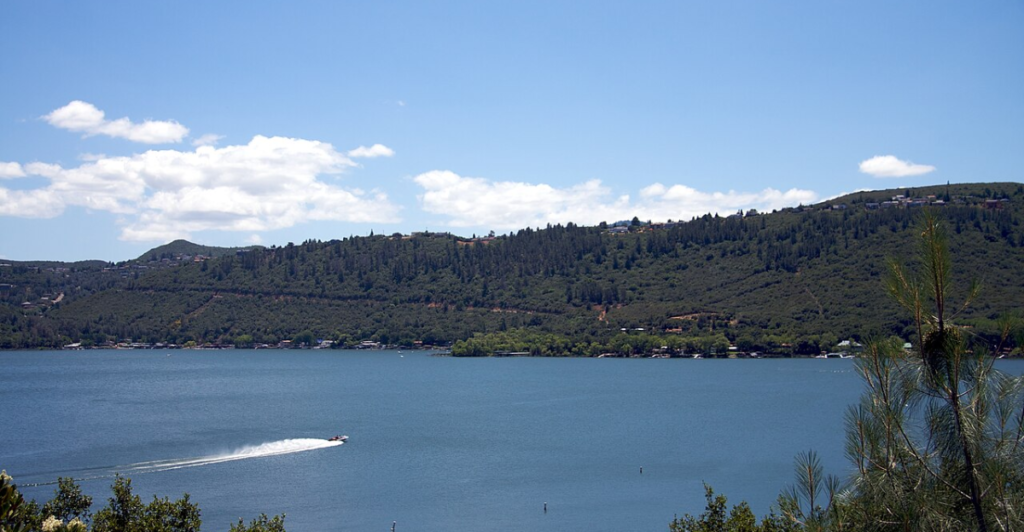
Clear Lake is one of the oldest natural lakes that can be found in California. Many species thrive there, including more common species like the largemouth bass and bluegill and even rarer ones like the endemic Clear Lake hitch.
The lake creates unique environments due to geological factors such as volcanic geology and a warm Mediterranean climate. These conditions allow endemic and native fish species to thrive, but there are still clear challenges.
The lake’s fish population are threatened by invasive species like the largemouth bass and bluegill population. These species compete with local fish over food sources, driving their numbers down. Mercury contamination from previous mining activites in the area is another concern, and poses a threat to local fish health and communities that consume the water.
Lake Tahoe

Talek Tahoe offers crystal-clear alpine waters that support a thriving fish habitat of more than 50 species. Cold-water fish like Mackinaw trout, Kokanee salmon, and rainbow trout thrive in the specialized waters.
The lake is found over 6,200 feet above sea level and has nutrient-poor areas which has created a fragile ecosystem. Despite these risk factors, the local population is thriving, most likely due to the lack of invasive species with how remote the lake is.
Unfortunately, there have been recent introductions of lake trout that could disrupt the local population. Climate change also poses problems for the lake, as it alters water temperature and oxygen levels in an already fragile habitat.
Mille Lacs Lake

Mille Lacs Lake is the second-largest inland lake found in Minnesota and has more than 60 fish species that call the waters home. These include walleye, northern pike, muskie, yellow perch, and smallmouth bass.
The lake is quite big, meaning that there are different habitats within the waters, such as shallow bays and deep basins. This allows the coexistence of many different fish populations. The lake is of cultural and economic importance to Native American tribes, who have been protecting it through sustainably managed fisheries.
The lake needs to be balanced between commercial, recreational, and indigenous fishing rights. Amidst changing environmental conditions, managing local fish populations may become harder in the future as challenges increase.
Big Green Lake
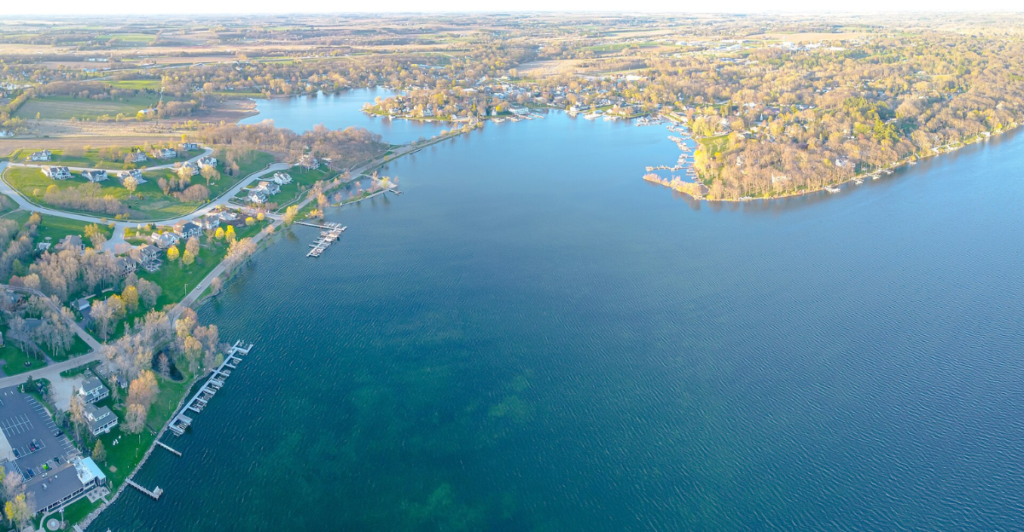
Big Green Lake in Wisconsin is its deepest natural lake and has over 50 different fish species living in its waters. Like many other lakes in the U.S., it supports white bass, lake trout, bluegill, and smallmouth bass. The lake has glacial origins which means it has cold and oxygen-rich waters which many species have especially adapted to.
These species are rarely found in Midwestern lakes due to the difference in temperature. Water quality and fish diversity have stayed high thanks to its watershed being mostly undisturbed.
Challenges rise as invasive species like the spiny water flea and the zebra mussel threaten local fish populations and the greater ecological balance by creating competition for endemic fish and altering complex and fragile food webs.
Explore more of our trending stories and hit Follow to keep them coming to your feed!

Don’t miss out on more stories like this! Hit the Follow button at the top of this article to stay updated with the latest news. Share your thoughts in the comments—we’d love to hear from you!







